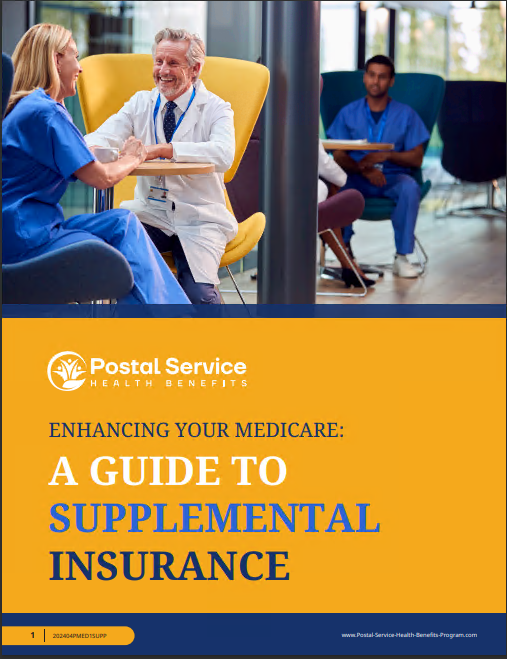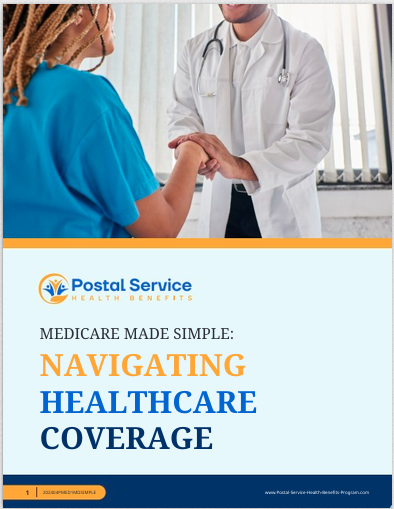Key Takeaways:
- The Postal Service Health Benefits (PSHB) program will evolve to address changing healthcare needs and regulations affecting postal employees.
- Significant changes to PSHB will begin in 2025, impacting coverage options and administration processes for postal workers.
Looking Ahead: How PSHB Will Evolve for Postal Employees
The Postal Service Health Benefits (PSHB) program is set to undergo significant changes in the coming years. As a distinct program designed for U.S. Postal Service employees, the PSHB program has provided essential healthcare coverage, tailored specifically to the needs of postal workers. However, with new legislation and evolving healthcare demands, changes are on the horizon. This article explores the upcoming transformations within the PSHB program, focusing on the implications for postal employees and their families, and what they can expect as these changes roll out.
Understanding the PSHB Program
The PSHB program was established as a separate health benefits system exclusively for postal employees. It operates under the Federal Employees Health Benefits (FEHB) program but is tailored to the specific needs of postal workers. This means that while it offers similar benefits to the FEHB, there are unique aspects that cater to the challenges and requirements of those working within the Postal Service.
What Prompted the Changes to PSHB?
The changes to the PSHB program are largely driven by the Postal Service Reform Act of 2022, which was signed into law on April 6, 2022. This legislation is aimed at addressing the financial challenges facing the U.S. Postal Service and ensuring its long-term sustainability. A key component of this reform is the creation of a new Postal Service Health Benefits program that will be separate from the current FEHB program.
One of the main objectives of the Postal Service Reform Act is to reduce the financial burden on the Postal Service by ensuring that postal retirees are enrolled in Medicare, while still providing them with access to a PSHB plan that works in conjunction with Medicare. This change is intended to help reduce healthcare costs for the Postal Service, which has been struggling with rising expenses.
Key Changes Coming to PSHB in 2025
The most significant changes to the PSHB program will take effect starting in January 2025. These changes are expected to impact how healthcare is delivered to postal employees and retirees, and how these individuals will interact with the healthcare system.
- Mandatory Enrollment in Medicare for Postal Retirees: Beginning in 2025, most postal retirees will be required to enroll in Medicare Part B when they become eligible. This requirement aims to align the healthcare benefits of postal retirees more closely with those of other federal employees. By enrolling in Medicare Part B, retirees will reduce the overall cost burden on the PSHB program, as Medicare will serve as the primary payer for their healthcare expenses, with the PSHB plan providing supplemental coverage.
- Creation of a New PSHB Program: The new PSHB program will be established as a distinct entity within the FEHB framework. This means that while postal employees will still have access to health benefits, these benefits will be administered separately from those of other federal employees. The new program will offer a range of health plan options specifically designed to meet the needs of postal workers, taking into account factors such as their unique job requirements and health risks.
- Continuation of Coverage for Active Employees: Active postal employees will continue to have access to health coverage through the PSHB program, with some modifications. The program will continue to provide comprehensive health benefits, but there may be changes in plan options and coverage levels as the new PSHB program is implemented.
- Integration with Medicare: For retirees who are required to enroll in Medicare, the new PSHB plans will be designed to work seamlessly with Medicare, ensuring that retirees receive comprehensive coverage. This integration is expected to result in better coordination of benefits and potentially lower out-of-pocket costs for retirees.
Implications for Postal Employees
The upcoming changes to the PSHB program will have several implications for current postal employees, retirees, and their families. Understanding these changes is crucial for postal workers as they plan for their healthcare needs in the future.
- Increased Choice and Flexibility: The new PSHB program is expected to offer a wider range of plan options, providing postal employees with more choices to meet their individual healthcare needs. This increased flexibility will allow employees to select plans that best align with their health requirements and financial situations.
- Potential Cost Savings: By integrating the PSHB program more closely with Medicare, the overall cost of healthcare for retirees is expected to decrease. This could result in lower premiums and out-of-pocket costs for postal retirees, making healthcare more affordable.
- Better Coordination of Care: With the new PSHB plans designed to work in conjunction with Medicare, retirees can expect better coordination of care. This means that healthcare providers will be better able to manage the overall care of retirees, reducing the likelihood of gaps in coverage or services.
- Impact on Active Employees: Active postal employees may see changes in their health plan options, but the overall goal is to ensure that they continue to receive comprehensive coverage that meets their needs. As the new PSHB program is implemented, employees will need to carefully review their plan options to ensure they select the best coverage for themselves and their families.
Preparing for the Transition
As the 2025 deadline approaches, postal employees and retirees should take steps to prepare for the upcoming changes to the PSHB program. Understanding the new requirements and how they will impact healthcare coverage is essential for making informed decisions.
- Stay Informed: Postal employees and retirees should stay informed about the latest developments in the PSHB program. The U.S. Postal Service and the Office of Personnel Management (OPM) are expected to provide regular updates on the implementation of the new program, including information on plan options, enrollment procedures, and deadlines.
- Evaluate Medicare Enrollment: Retirees who are approaching Medicare eligibility should carefully evaluate their options for enrolling in Medicare Part B. Since Medicare enrollment will be mandatory for most retirees starting in 2025, it’s important to understand how Medicare will work with the new PSHB plans and what the implications are for coverage and costs.
- Review Plan Options: As the new PSHB program is rolled out, postal employees and retirees will need to review their health plan options carefully. This will involve comparing the benefits, costs, and coverage levels of different plans to determine which option best meets their needs.
- Seek Professional Advice: Given the complexity of the changes to the PSHB program, postal employees and retirees may benefit from seeking professional advice. This could involve consulting with a licensed insurance agent or financial advisor who is familiar with the new PSHB program and can provide guidance on selecting the best health plan.
Looking to the Future
The evolution of the PSHB program represents a significant shift in how healthcare is provided to postal employees and retirees. While these changes may seem daunting, they are designed to ensure the long-term sustainability of the Postal Service’s health benefits system and to provide postal workers with high-quality, affordable healthcare coverage. By staying informed and taking proactive steps to prepare for the transition, postal employees and retirees can navigate these changes successfully and continue to enjoy the health benefits they rely on.
Contact Information:
Email: [email protected]
Phone: 3465556789







